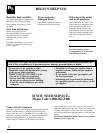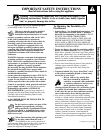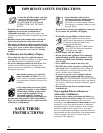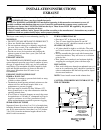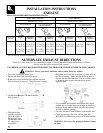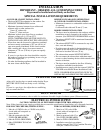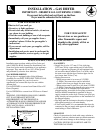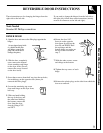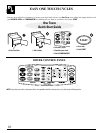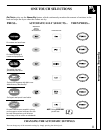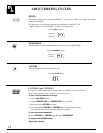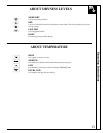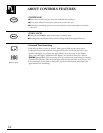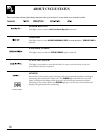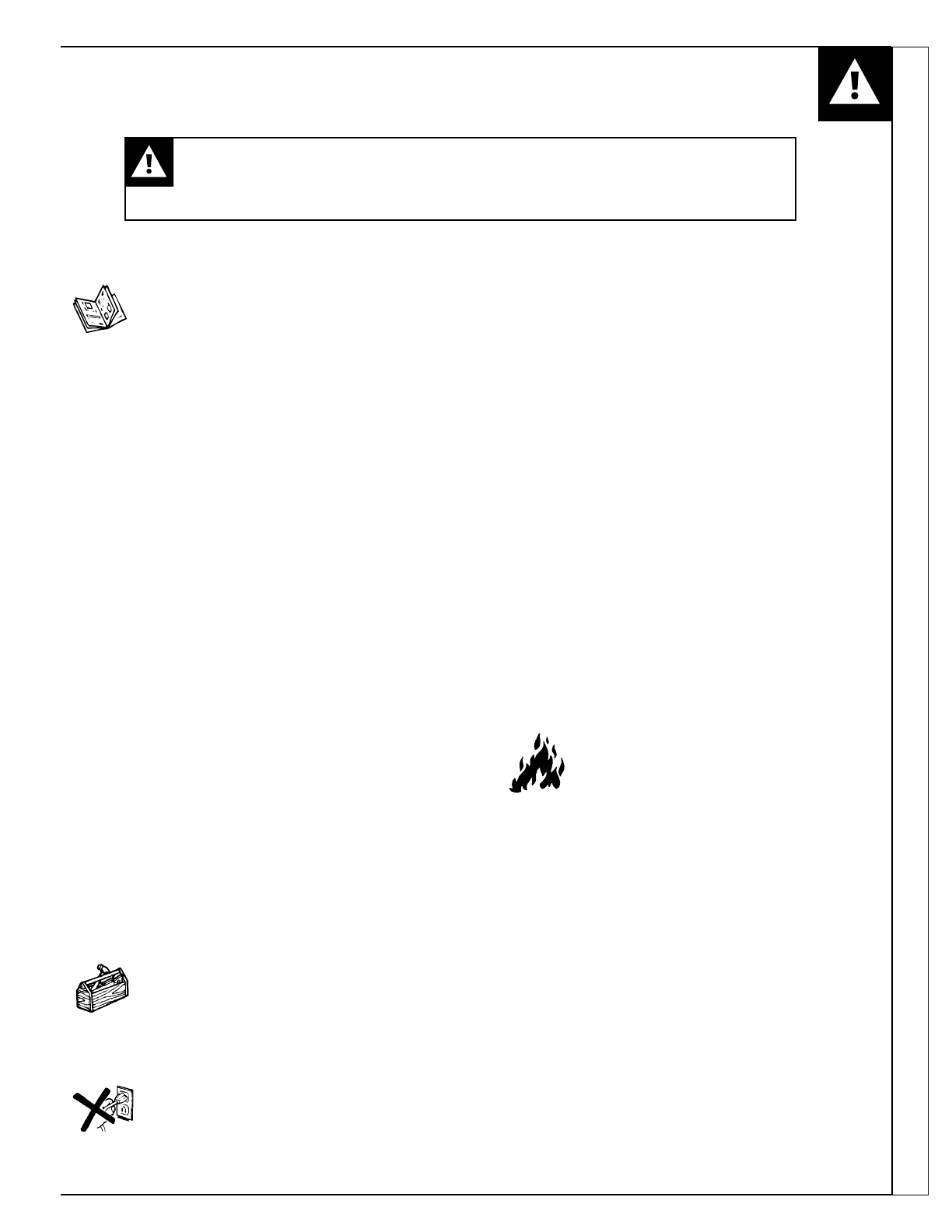
Warning - It is extremely important that you read and adhere to the
following instructions. Failure to do so could cause bodily injuries
and / or property damage due to fire.
Important Safety Instructions
3
IMPORTANT SAFETY INSTRUCTIONS
Read all instructions before using this appliance
• Use this appliance only for its intended purpose
as described in this Use and Care Book.
This dryer must be properly installed
and located in accordance with the
Installation Instructions before it is used.
– Properly ground to conform with Local Codes.
In the event of malfunction or breakdowm,
grounding will reduce the risk of electric shock by
providing a path of least resistance for electric
current. This appliance is equipped with a cord
having an equipment-grounding conductor and a
grounding plug. The plug must be plugged into an
appropriate outlet that is properly installed and
grounded in accordance with all local codes and
ordinances.
WARNING: Improper connection of the equipment-
grounding conductor can result in a risk of electric
shock. Check with a qualified electrician or service
representative or personnel if you are in doubt as to
whether the appliance is properly grounded.
Do not modify the plug provided with the appliance:
if it will not fit the outlet, have a proper outlet
installed by a qualified electrician.
Follow details in
Installation Instructions.
– Locate where the temperature is above 50˚F. (10˚C.)
for satisfactory operation of the dryer control
system. Do not install or store the dryer where it
will be exposed to the water and/or the weather.
– Connect to a properly rated, protected and sized
power supply circuit to avoid electrical overload.
– Exhausting to the outside is STRONGLY
RECOMMENDED to prevent large amounts of
moisture and lint from being blown into the room.
Carefully follow the Exhausting Details in the
Installation Instructions.
– A GAS DRYER MUST BE EXHAUSTED TO
THE OUTDOORS.
Do not repair or replace any part of the
appliance or attempt any servicing
unless specifically recommended in this
Use and Care Book or in published user-repair
instructions that you understand and have the
skills to carry out.
When disconnecting this appliance pull
by the plug rather than the cord to
avoid damage to the cord or junction of
cord and plug. Make sure that the cord is located so
that it will not be stepped on, tripped over or
otherwise subjected to damage or stress.
To Minimize the Possibility of a
Fire Hazard
• Exhaust Duct – See Installation Instructions. Use
only rigid metal or flexible metal 4” diameter
ductwork for exhausting to the outside. USE OF
PLASTIC OR OTHER COMBUSTIBLE
DUCTWORK CAN CAUSE A FIRE. FOIL OR
OTHER EASILY PUNCTURED DUCTWORK
CAN CAUSE A FIRE IF IT COLLAPSES OR
BECOMES OTHERWISE RESTRICTED IN USE
OR DURING INSTALLATION.
• Do not use heat to dry articles containing rubber,
plastic, or similar materials (such as padded bras,
tennis shoes, galoshes, bath mats, rugs, bibs, pillows,
baby pants, plastic bags, etc.) as these materials may
melt or burn. Also, some rubber materials, when
heated, can under certain circumstances produce fire
by spontaneous combustion.
• Do not store items that may burn or melt (such as
clothing, paper material, plastics or plastic
containers, etc.) on top of the dryer during the
operation.
• Garments labeled “Dry Away from Heat” (such
as life jackets containing Kapok or foam) must
not be put in your dryer.
• Do not wash or dry articles that
have been cleaned in, washed in,
soaked in, or spotted with combustible
or explosive substances (such as wax,
paint, gasoline degreasers, dry-
cleaning solvents, kerosene, etc.) which may ignite
or explode. Do not add these substances to the
wash water. Do not use these substances around
your washer and/or dryer during operation.
• Any article on which you have used a cleaning
solvent, or which contains flammable materials (such
as cleaning cloths, mops, towels used in beauty
salons, restaurants or barber shops, etc.) must not be
placed in or near the dryer until all traces of these
flammable liquids or solids and their fumes have
been removed. There are many highly flammable
items used in homes such as: acetone, denatured
alcohol, gasoline, kerosene, some household
cleaners, some spot removers, turpentines, waxes,
wax removers and products containing petroleum
distillates.
(continued on next page)




